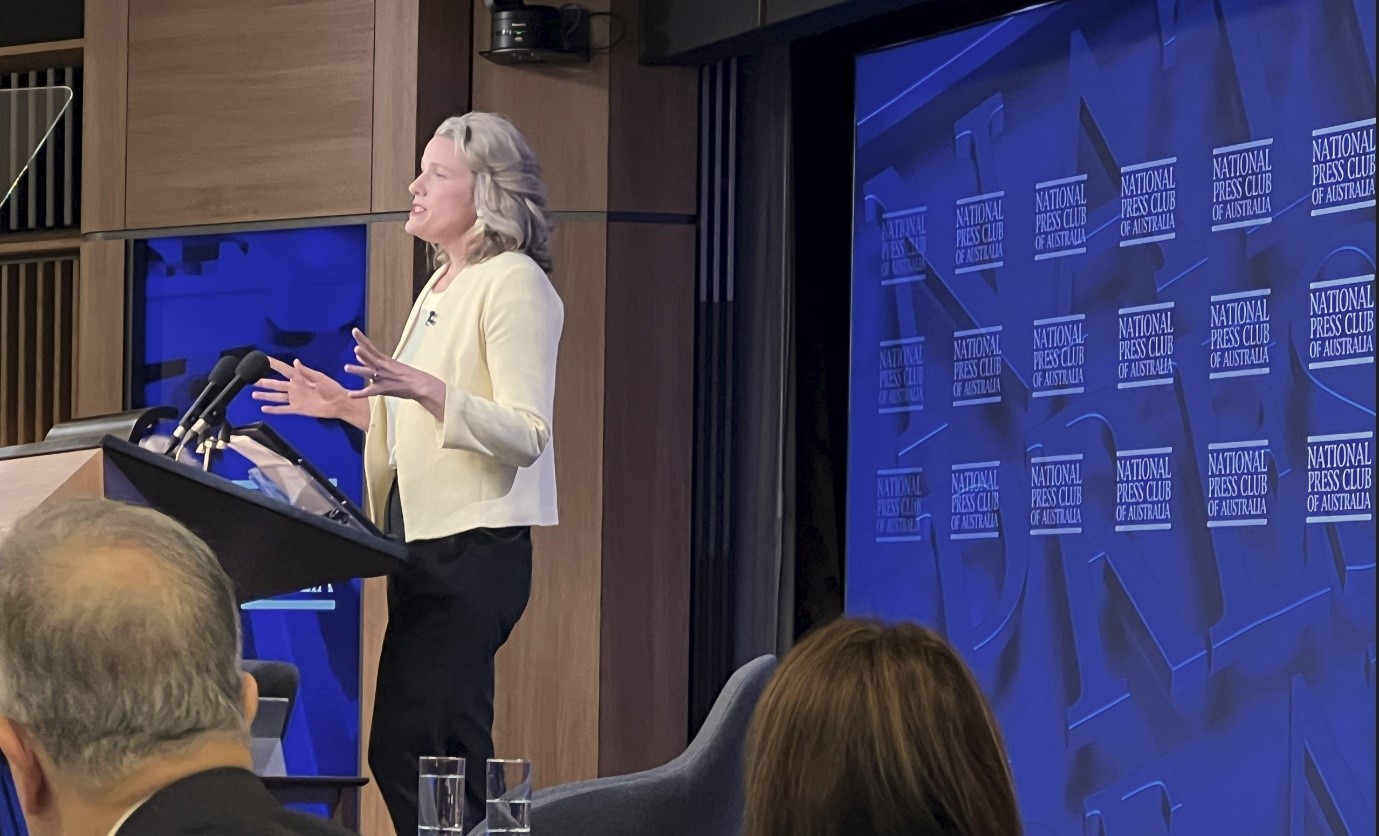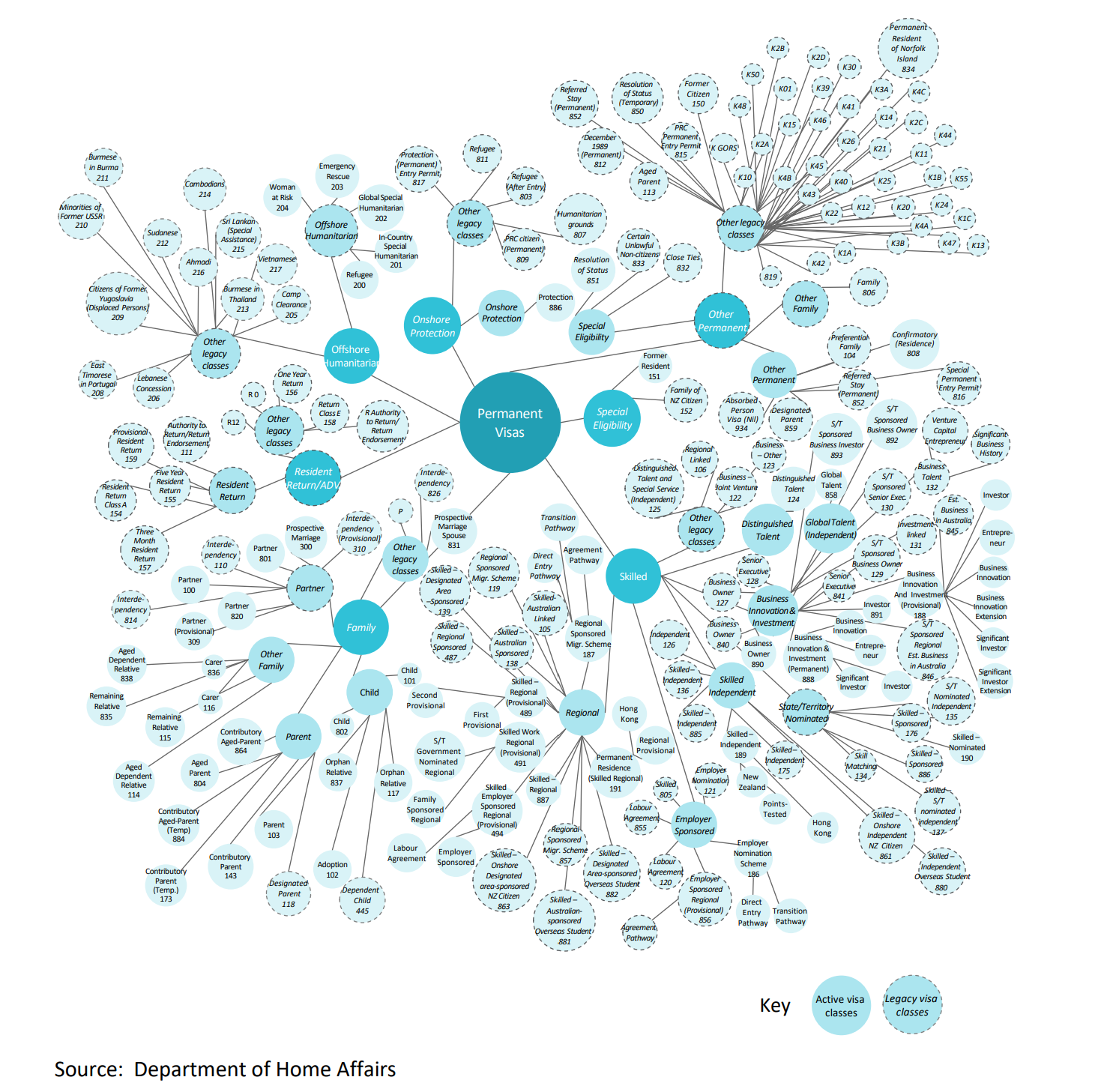THE AUSTRALIAN MIGRATION REVIEW – APRIL 2023
.png)
 From the National Press Conference, Canberra 26th April, 2023
From the National Press Conference, Canberra 26th April, 2023
On 4th May I attended the National Press Club in Canberra to see first hand the announcements of the Minister for Home Affairs, The Honorable Clare O’Neil. Since taking office, the Labour Government promised to fix a “broken system”. They’ve taken a year with many reports and submissions, and I feel we are in for a tumultuous 6-12 months of changes. To change the immigration system is a mammoth task, one I feel they have underestimated. I delayed sending this newsletter to try clarify as many points as possible since the announcements were very broad level.
Changes we know about:
-
From July 1, 2023 the Temporary Income Skill Migration Threshold, aka the TSMIT will increase from $53,900 to $70,000. This is the first time in 10 years we’ve seen an increase in the TSMIT. The new rate called the “goldilocks threshold” according to the Grattan Institute; Note: This will only affect nominations lodged after July 1 2023. Pending applications will still be subject to the olde TSMIT.
-
Previously announced the pathway for New Zealand citizens in Australia to Australian citizenship;
-
Already Minister Andrew Giles has announced a new Aged Care Industry Labour Agreement, adding Nursing Support Worker, Personal Care Assistant, and Disability / Aged Carers to the possible occupations that can be sponsored;
-
TSS visa holders will only need to wait 2 years (currently 3 years) before being eligible to apply the permanent Employer Nomination Scheme (ENS) visa. Were awaiting details.
Announced Changes:
-
A very welcome pathway to permanent residency (PR) for all (employer sponsored 457 & 482) visa holders in Australia and future; A further announcement was made on 5 May regarding expanded pathways to permanent residence. By the end of 2023, the Temporary Residence Transition (TRT) stream of the Employer Nomination Scheme (subclass 186) visa will be available for all Temporary Skill Shortage (TSS) visa holders whose employers wish to sponsor them.
-
A reform of the Points test for General Skilled Migration (GSM) Visas;
-
Proposed removal of the painful, Labour Market Testing (LMT) requirements. I’m sure no one will argue with this change. It’s been the bane of employers for years; “To determine skills needs, we use outdated occupation lists that don’t reflect the needs of the economy, and labour market testing that both unions and business agree isn’t working.” Refer recommendation #12 on page 76 of the report.
-
Simplification of the Visa Categories;
-
For student visas, enhancing the Genuine Temporary Entrant (GTE) Criteria, but also a pathway to PR for students in certain industries;
-
A data driven approach to migration driven by Jobs and Skills Australia;
-
Announced a potential “move away from the strict of the Skilled Occupation List (SOL)”
-
A new system built on integrity, fairness and inclusion;
-
Upgrade to The Department’s IT infrastructure;
-
Three new tiered pathways
-
Highly Skilled / High Income Earners
-
Main Stream – core skills with a TSMIT of over $70k
-
Essential Industries Stream
What we don’t know:
The Details!!
The 195 page review of the Migration System is full of recommendations, but they will be scrutinized and submissions invited before we see the final changes. I believe we are in for a year of staged changes in the Australian Migration System.
What it all means?
Chaos is the first thing that comes to mind. Changing the beast of the migration system is huge, and there are deep short term and long-term implications. I’m sure in May and June we will see nominations being pumped into the system to try beat the new TSMIT rate.
It seems labour agreements are the Departments solution to the traditionally lower paid industries such as aged and disability care and possibly hospitality and agriculture.
Here’s the graph from the Department of the current PR system which the Minister says looks like a bowl of tangled spaghetti. Unravelling a system that has been has patches upon patches will take a long time.

Questions:
There are so many unanswered questions from these announcements. A few spring to mind:
-
What will happen to new PR applications under the employer sponsored ENS program. This is also subject to the new TSMIT, so it could mean a $16k jump in salary to enable PR;
-
What about Regional Australia?? There was very little mention of Regional Australia. I have deep concerns the increased TSMIT, or proposed removal of the Skilled Lists (SOL), mean there is no focused regional migration program; I’m sure the Regional Institute of Australia (RAI) will have something to add. Let’s hear what Liz Ritchie has to say at the National Press Club later this month.
-
For the aged care industry, I believe we will see a move of these skills away from the Regional areas. To date these new occupations could only be sponsored under a regional Designated Area Migration Agreement (DAMA), or a company specific labour agreement. Now under the new industry labour agreement, they can be sponsored anywhere in the country, so no incentive to move regional anymore;
-
I wonder if any financial modelling was done? I mean, increasing salaries is great, but it will also mean increasing discretionary income, therefore ultimately inflation and subsequently interest rates!! See where I’m going…
-
Union involvement. I notice in the new aged care agreement, the first step for any employer is an MOU with the relevant Union. Will this theme prevail through the changes?
Opportunity:
It was interesting to be on the ground for the announcements to witness, along with many in the industry, the shift in rhetoric. There was a recognition of what the migration system can bring to Australia. As Minister O’Neil stated in her summary address, “I have spoken a lot about what’s going wrong with Australia’s migration system today. There are a lot of problems. But what I am genuinely much more excited about is the big opportunity. We have every reason to be optimistic about our country’s future. And every reason to believe that our migration system can help us deliver a more secure and prosperous Australia, as it has done many times in the past. We are a truly great country with a fundamentally broken migration system. Just imagine what we will be able to achieve when we get this powerful engine working again in the national interest”.
Fred Molloy,
Registered Migration Agent 0853698